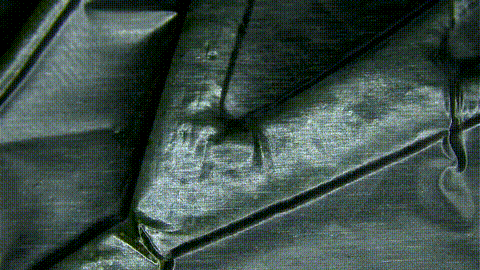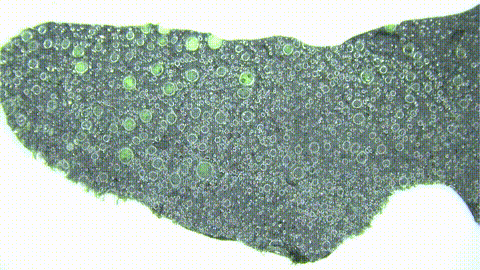
BIOPLASTIC COMPOSITE WARP: CHOREOGRAPHING MATERIAL TRANSFORMATION
This part of my research investigates the inherent dynamism of bioplastics by documenting how they warp and self-shape over time. The bioplastic, when poured onto various laser-cut chipboard substrates, started as a flat sheet but developed unique curvatures and deformations as water evaporated during the drying process.
Rather than treating biomaterials as static objects, I document their transformations—how they morph, degrade, and interact with their environments over time. These explorations are as much about process as they are about outcome, aligning with a Nature-centric approach to design that seeks harmony between human ingenuity and ecological intelligence.
How can the inherent dynamism of biomaterials be choreographed over time, revealing their agency and potential for self-shaping structures?
My biomaterial work was developed through meaningful collaboration and mentorship that I deeply value. Audrey Reiley co-created the Japanese knotweed panels with me, sharing in every aspect from foraging expeditions to material processing and casting. Dana Cupkova provided invaluable guidance and mentorship throughout the process, offering both the pedagogical framework through her Shaping Environments class at Carnegie Mellon University and ongoing feedback that shaped this research. Jessica Wu and Tobi Aina were valued teammates in the class that developed this project.
By systematically testing different substrates and drying conditions, I aim to discover patterns in warping. Some of the parameters that affect the shaping include:
Substrate Influence: The laser-cut pattern influenced the way the bioplastic shrank and curled. More intricate cuts led to exaggerated distortions.
Drying Time & Scale: Larger sheets took longer to dry and warped more dramatically than smaller samples.
Surface Exposure: Samples with foil backing retained more moisture and remained flatter, while fully exposed samples curled significantly.
This project is an early step in exploring how biomaterials can be designed for self-forming structures, where material behavior over time is an integral part of the design process. Future iterations will include timelapse documentation and experimentation with hybrid materials that choreograph their own transformations.













